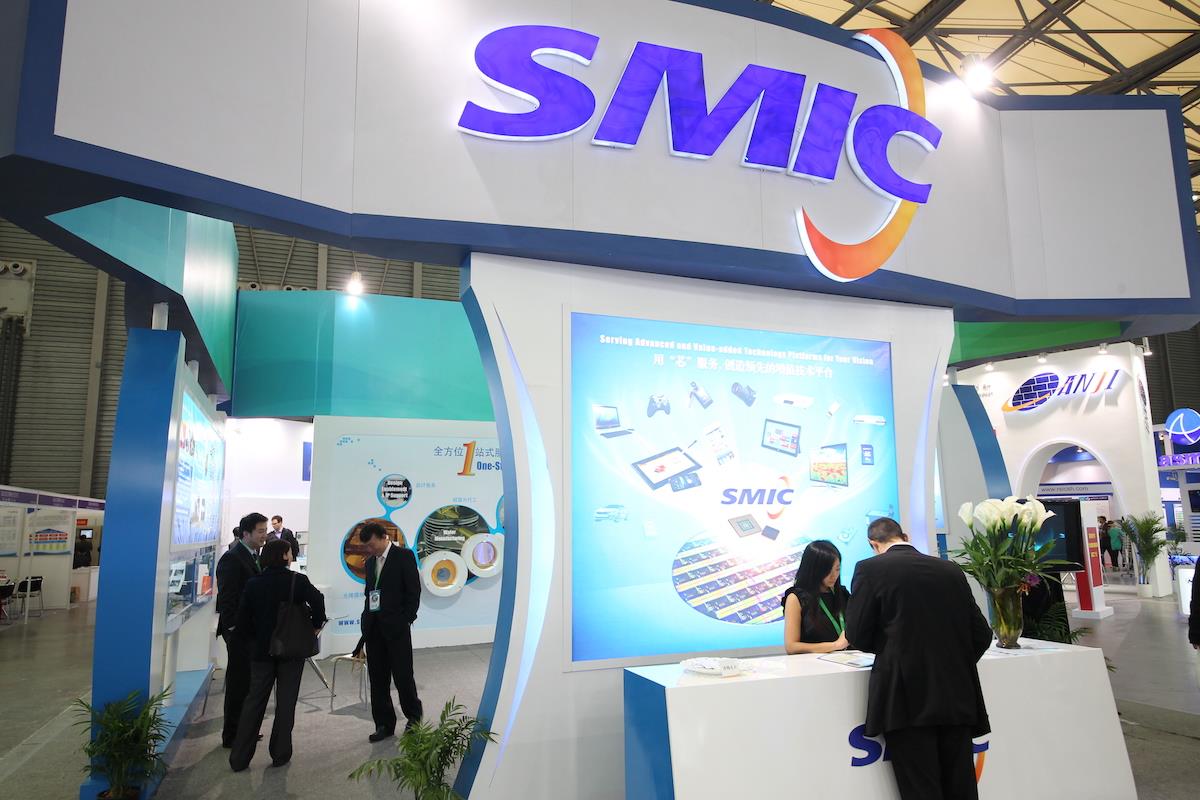(MENAFN- Asia Times) China should reform its funding, training and appraisal systems to push forward semiconductor-related scientific research, according to two top scientists.
In a widely circulated article , a Chinese Academy of Sciences (CAS) academician and chip researcher say China's chip sector has entered a“dark forest” without access to advanced US chip-making software and coming restrictions on deep ultraviolet (DUV) lithography tools made by Japan and the Netherlands.
The authors note China has attached great importance to fundamental scientific research in recent years but still faces several challenges.
Luo Junwei, a researcher at the CAS Institute of Semiconductors, and Li Shushen, a CAS vice president, wrote in an article published on February 17 that deep reform is needed to improve China's chip research.
“Over the years, all the fundamental research achievements in the global semiconductor and micro-electronic sector have been included in the process design kit (PDK) of the EDA,” they write, referring to the electronic design automation market segment.
“As Chinese chip makers could buy and use the PDK in the past, our decision-makers, government officials and industry players tended to think that China could develop its chip sector without fundamental research.”
“But since the US turned off the 'lighthouse,' we have now entered a dark forest,” they wrote, referring to US blocks on selling advanced chip-making equipment to China.
They argue that China now faces shortages of physicists, research funding and institutions while the current appraisal system for scientific research is more a hindrance than help.
Back in 1997, the Ministry of Education canceled the semiconductor physics and devices course previously taught in universities and since then China has faced a shortage of semiconductor researchers.
The writers say China's research and development investments in the sector represent less than 5% of US investments while China still lacks a proper institution to organize the industry's developments.
“China's chip makers are now two generations behind their foreign counterparts as they focused too much on yield improvement and did not spend time on developing the next generation transistors,” argue Luo and Li.
“Researchers in the universities and institutions cannot really help find out the problems in the industry as they only read academic papers or attend conferences,” they wrote.
The authors argue that China could avoid future restraints caused by US sanctions if it started increasing its fundamental research on FinField-Effect (FinFET) transistors now.

The contest never ends. Once Chinese researchers master FinFET, vertical transport field effect transistors (VTFET) are what IBM and Samsung say could succeed FinFET. Image: IBM
Some Chinese IT writers and observers sa id they were surprised to read the CAS article's dismal portrayal of China's chip sector, which many said they didn't think was so laggard.
Others, however, echo the dire assessment. Wu Zihao, a former top Taiwanese chip engineer who has worked in China for two decades, says that even in the best-case scenario China might be able to produce 28nm chips with its own lithography tools within six years.
Such chips may not have much commercial value at that time, he notes, as most fabs will be making chips smaller than 14nm by then.
While Chinese media have kept saying that Shanghai Micro Electronics Equipment (SMEE) will soon deliver its SSA800/10W lithography, reportedly capable of making 28nm chips, the company has never confirmed the reports.
Wu notes that the SMEE claimed a few years ago that a SSX600 lithography tool, which uses an ArF excimer laser to make 90nm chips, was delivered and that it passed all the required tests. According to SMEE's website, there are three types of SSX600 lithography.
However, the Taiwanese engineer says the delivered machine actually could only make 130nm chips with a KrF excimer laser and was never used for mass production.
The chip expert says it would have been impossible for the company to jump two generations and suddenly launch SSX800 lithography. He adds that even if SMEE could create such a machine as soon as two years from now, it would take another four years after that to test it and improve its yield.
He says this forecast is based on the most optimistic scenario, in which SMEE can still source foreign parts, which is increasingly difficult in the face of US sanctions and pressure.
His advice to Chinese scientists is that they tackle problems of making 90nm or 130nm chips before focusing on more advanced 28nm ones.
Faced with US sanctions since 2020, China has not been able to purchase from the Netherlands EUV lithography tools, which can make 7nm to 22nm chips. So far China can still import DUV lithography machinery to make 28nm chips.

SMIC may or may not catapult China's chip industry. Image: Facebook
Last August, the US Commerce Department's Bureau of Industry and Security (BIS) banned China from obtaining US electronic design automation (EDA) software that can be used to design the most cutting-edge 3nm chips. In October, it announced a new raft of chip export bans to block China from getting high-end chips and chip-making tools from the US.
Li Guojie, CAS' chief scientist, wrote in an article last October that China should now focus on mature technologies used to make 28nm to 55nm chips as it would not likely be able to make DUV lithography any time soon.
However, the Dutch and Japanese governments are reportedly drafting new rules that will restrict the export of their DUV lithography to China, after being persuaded by the Biden administration last month to do so. If the rules are implemented, China will have to focus on making 65nm chips instead, several analysts say.
read: asml accuses china employee of stealing chip data
Follow Jeff Pao on Twitter at @jeffpao3